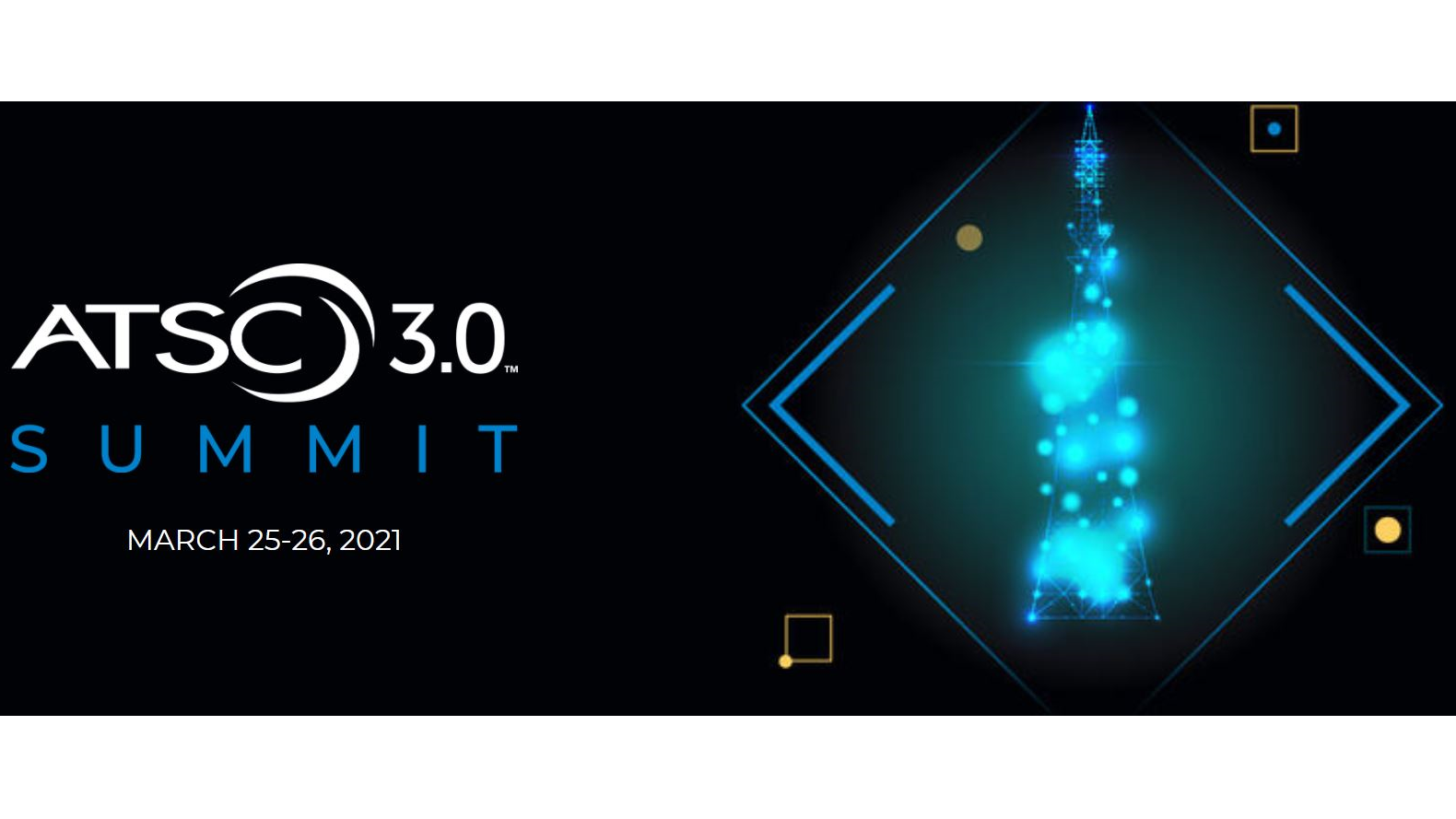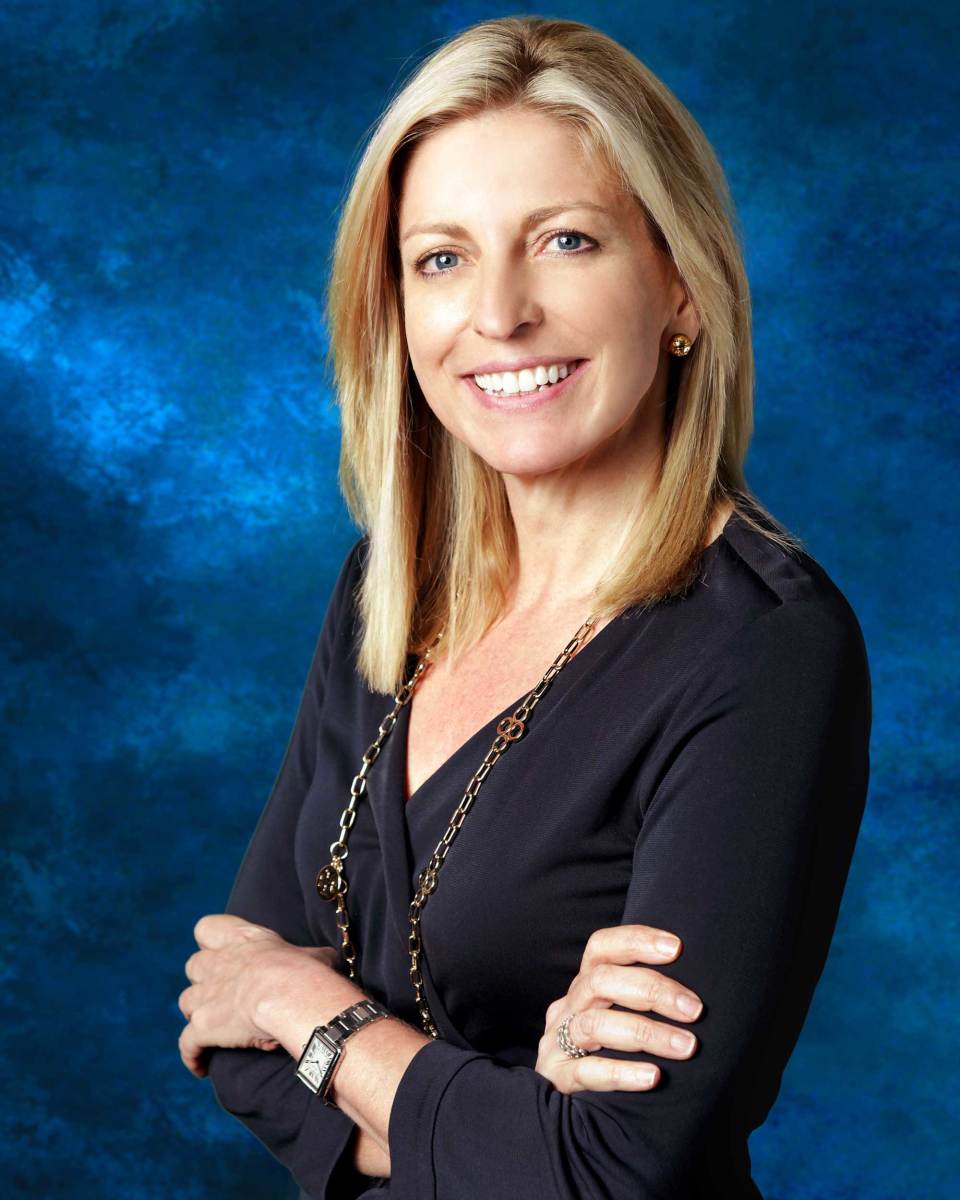Pearl TV to Discuss Latest NextGen TV Developments at Tech Leadership Summit
Two-day ATSC 3.0 Summit to provide industry update

WASHINGTON—TV Tech is sponsoring a two-day summit on NextGen TV during its week-long Tech Leadership Summit, March 23-26. This inaugural summit will focus on the business of NextGen TV, the TV industry’s next-generation standard with leading NextGen TV executives offering their thoughts on the progress and future of the ATSC 3.0 standard.
Pearl TV, a consortium of broadcasters and tech companies, has been testing and analyzing technical and marketing opportunities for ATSC 3.0 for several years now and will be speaking at the NextGen TV Summit.
TV Tech recently talked with Pearl TV Managing Director Anne Schelle to discuss what the group will talk about at next week’s virtual event. Anne will be a panelist on “Keynote Conversation: The Architects,” Thursday, March 25 at 2:15 pm EDT.
TV Tech: First off, Anne, thank you for participating in our summit next week. Can you elaborate on what’s new at Pearl TV?

Anne Schelle: Thank you for inviting us. We’ll be talking about the concept of NextGen TV not as better TV but as a new “enhanced TV experience,” as well as how we’re extending these enhancements beyond TV, into other devices such as automobiles. In Phoenix, we’re now seeing the benefits of having built a model market that was very consumer focused, looking at the features and functions available to broadcasters in NextGen TV and doing all the work to test those out with consumers to find out where their interests are.
[Our research] culminated in our setting up something we call the “basic service profile” or “television profile” that is in our host manual for broadcast stations to build out on. We’ll also talk about the work we've done with the TV manufacturers to drive the features that would support our partnerships with NAB and CTA logo conformance program, including the use of logos and brand messaging that would help consumers know how to find it and what the logo means.
All of that was done over three years so a lot of work involves truly understanding the consumer first and foremost and honing in on a set of watch capabilities or features that would really drive the scale and adoption, while at the same time allowing us to have a roadmap to continue to build on those services and features; not too dissimilar than any other current digital technologies
Get the TV Tech Newsletter
The professional video industry's #1 source for news, trends and product and tech information. Sign up below.
Last October, we produced a direct to consumer brand campaign to launch the logo to test message, including a website to let consumers know when they can receive services. We advertised across five markets to test out our messaging, and we just got the results back, and I'm pleased to say that we hit the mark on what consumers are interested in. We haven't released those results yet, but if you go and look at the ads on watchnextgentv.com, you'll see what they are.
We'll also be talking about the fact that COVID-19 has allowed consumers to become much more familiar with their connected televisions than they have ever been. They're discovering how to do different things including interactive. The concept of being able to interact or get additional content and information on television rose significantly in just the last year to be one of the top features where five or six years ago it was not.
TVT: 2020 was a big year for ATSC 3.0 with stations’ deploying NextGen TV and the introduction of ATSC 3.0-supported TV sets hitting the market. How has it been going so far?
AS: I'm really thrilled about where we came out of the gate, even with COVID-19, not just with station buildouts but also TV set sales. The numbers are just now coming in and they’re a lot higher than CTA predictions for the first year.
TVT: What’s high on consumers’ wish list for NextGen TV?
AS: Consumers like the fact that it's upgradable, meaning that its features and services will continue to come to the TV from software and firmware upgrades. That's one of the top-selling features, which we've always talked about: that we can continue to add to the services and functionality on the television set either in our service or on the television set itself with our partners.
TVT: What kind of feedback have you gotten from the stations that are involved in the Phoenix model market in regards to deploying ATSC 3.0?
AS: It's easy for them to implement the basic watch video, so what we're doing now is loading in the enhanced functionality for the application and other more complex capabilities. Pearl and the Phoenix Partners (Networks) are providing a “service desk” on behalf of launched stations; we have a wiki that is helping us educate engineers and “get the kinks out of the system,” like any brand new launch in terms of “how do you set all the dials,” or “how to you make sure that there's full interoperability across all the televisions.”
We have a great manual that’s now in its 10th edition. The Pearl Host Station Manual is free to download and we consider it “the Bible” on how to build out your station. It’s all based on real world implementation and learnings.
TVT: Finally, can you tell us what’s going on in regards to NextGen TV applications for mobile vehicles?
AS: I'm really excited about our two test tracks [in Phoenix and Detroit] and some of the work that Sony's done in terms of looking at the reception capabilities for both infotainment and data. We have the ability to deliver both in a really efficient manner.
There's a lot you can do with decreasing cost of maintenance and upgrades to cars by delivery of files to the cars, including urgent computer upgrades and B2B plays as well.
And then the infotainment is really interesting. There's precedent for that in Europe with the detailed systems of delivery of infotainment service to the car. We’re also testing so we have sort of a dual ability to provide both in one service, which I think, which is unique for broadcasters to deliver at much more economic scale.
Click here to register for the free summit.
Tom has covered the broadcast technology market for the past 25 years, including three years handling member communications for the National Association of Broadcasters followed by a year as editor of Video Technology News and DTV Business executive newsletters for Phillips Publishing. In 1999 he launched digitalbroadcasting.com for internet B2B portal Verticalnet. He is also a charter member of the CTA's Academy of Digital TV Pioneers. Since 2001, he has been editor-in-chief of TV Tech (www.tvtech.com), the leading source of news and information on broadcast and related media technology and is a frequent contributor and moderator to the brand’s Tech Leadership events.

